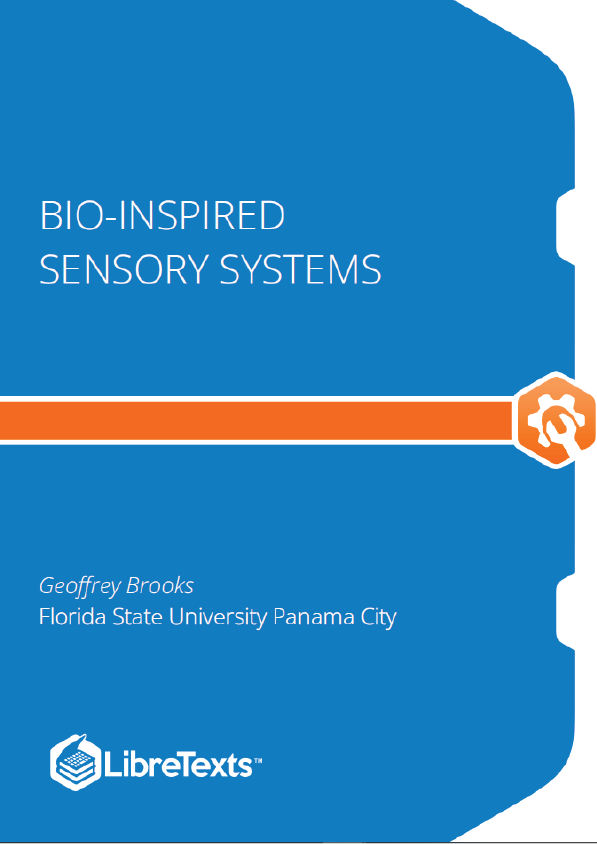1.1 Relevant terminology and related bio-inspired technologies
Biomimetic implies the mimicry of biology; note the word mime embedded in the term. In recent years biomimicry seems to be used more and more for sensory systems applications (our interest), while biomimetics implies molecular-level mimicry. This text is focused on biologically-inspired paradigms used for sensory systems and the signal processing that goes with such systems. The subject is sensory systems and not the research associated with mimicking organic chemistry, muscle tissue, etc. In this text cursory descriptions of biological phenomena will be followed by electronic sensor designs and the signal processing algorithms that emulating such phenomena for useful technological application. Bioprincipic is a similar term used recently implying the mimicry of biological principles.
Biometric implies measuring biological features unique to an individual to determine the identity of the person. For example, authentication can be granted based on a pattern matching of a fingerprint, scanned iris image, or recorded voice pattern. This could be used for building and computer security purposes.
Biomedical means the branch of medicine associated with survival in stressing environments. Bionic means enhancing normal biological capability with electronic or mechanical devices [Webster].
Bioinformatics is used to describe computer applications of extracting information about biological phenomena, primarily in the field of molecular biology. Bioinformatics is more formally defined as “The collection, classification, storage, and analysis of biochemical and biological information using computers especially as applied to molecular genetics and genomics.” [Webster].
Anatomy and Physiology imply structure and function, respectively. Scientists from many disciplines often organize their thoughts in similar ways. However, until there is a reason to communicate across disciplines, the terminology in each tends to develop into differently. Table 1 is an observation of the separation of phenomena into physical and abstract categories.
1.2.1 Natural systems solve engineering problems.
From the earliest times we have looked to biological systems for engineering solutions to our technical problems. For example, in Greek mythology the legendary Daedalus, builder of the Cretan labyrinth, was motivated by birds to build wings to help him and his son, Icarus, escape imprisonment. Later observations of birds, such as wing-shape, have led to modern aircraft design features.
Velcro has been inspired by the way burrs attach themselves to clothing. Autonomous robots can benefit from the study of natural control mechanisms found in similar creatures in the animal kingdom. Machine vision systems for robotics require the separation of objects from the background, a task inherently embedded into the design of natural vision systems. The image recognition capability of humans is difficult to duplicate with computer technology, although neurons are five or six orders of magnitude slower than silicon transistors and heterogeneous (or considerably ‘mismatched’ when compared to transistors).











